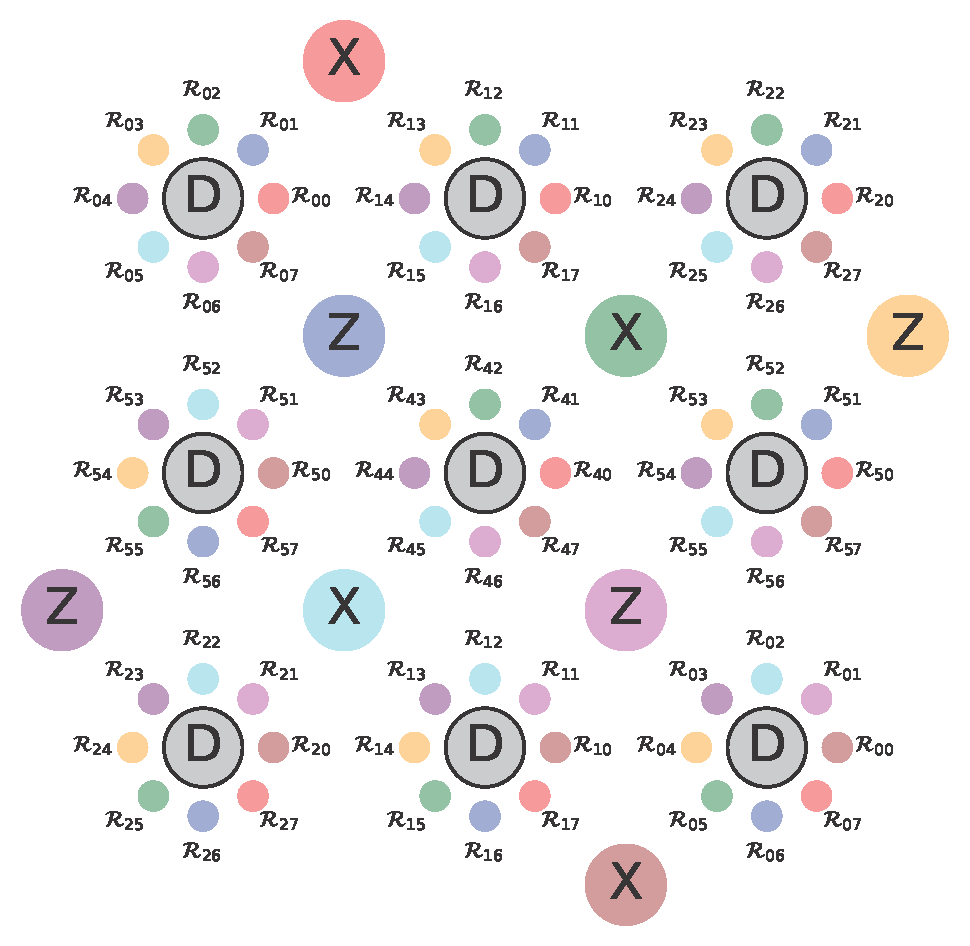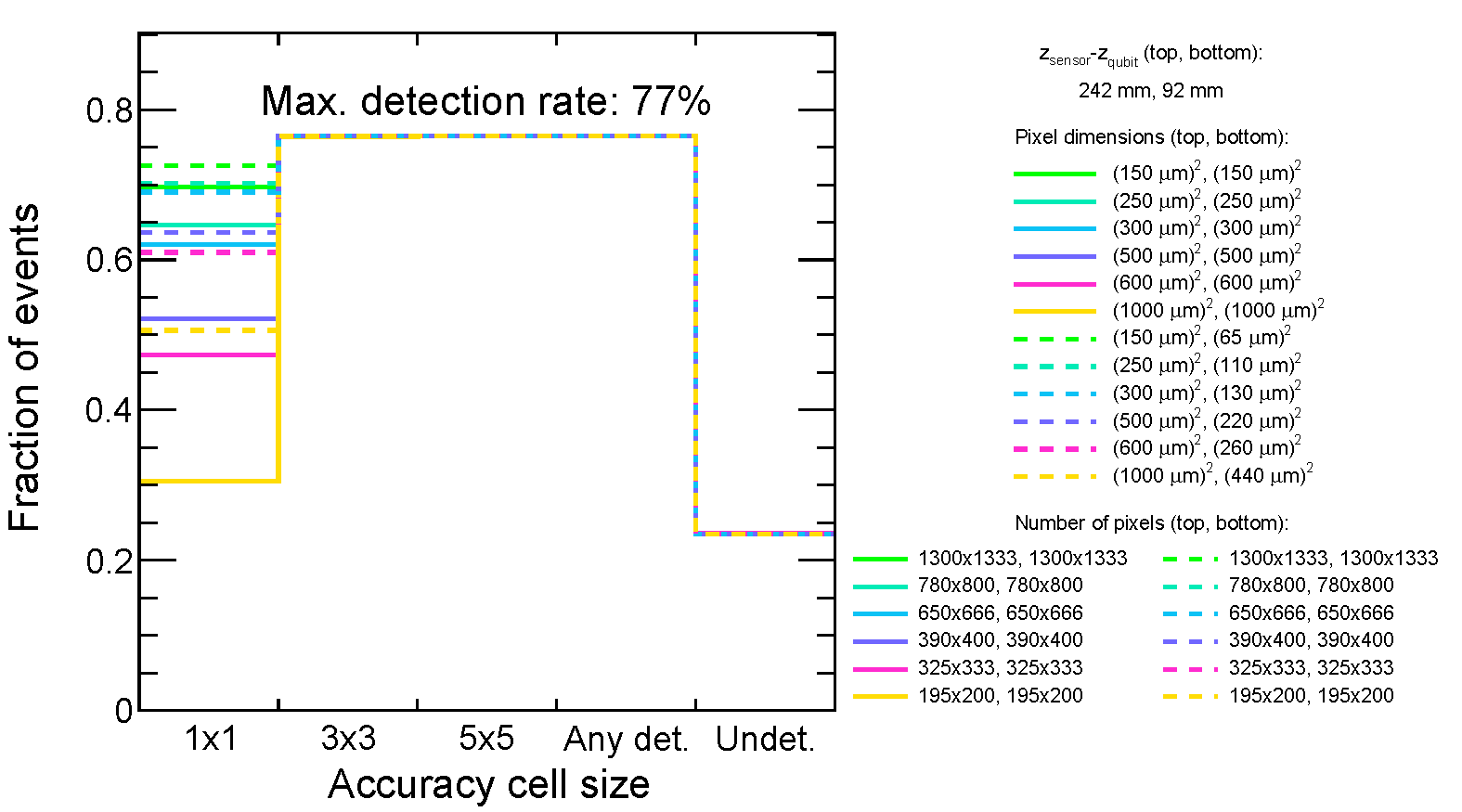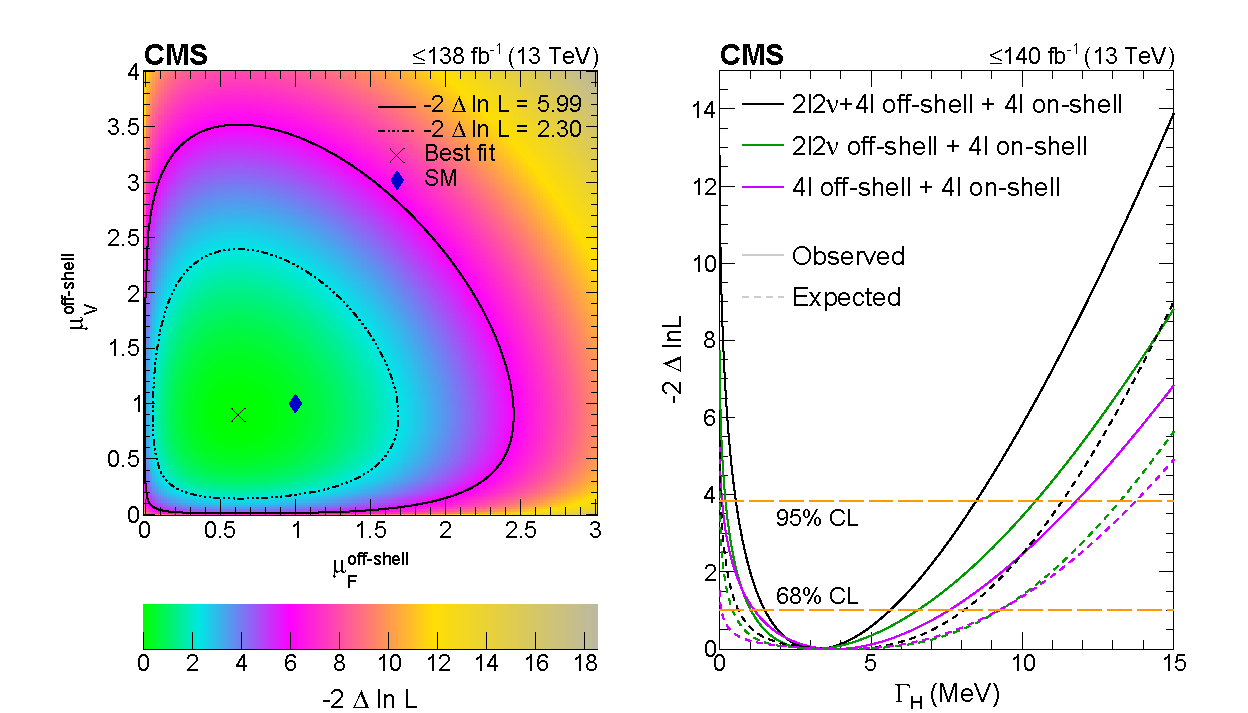
Together with colleagues at Fermilab SQMS, I developed a recurrent convolutional neural network tailored for decoding surface codes in quantum systems. The special feature of this architecture is that the underlying network utilizes rotational and translational symmetries in the surface code while accounting for edge effects either. The image shown is an illustration of the symmetries considered in one of the convolutional kernels. Stay tuned for our upcoming paper on this topic. While naive architectures feature several million parameters, this design is able to achieve similar performance with less than 100,000 parameters. Even though much work remains to adapt this design to real quantum hardware, the design is a novel way to utilize physical principles in the neural network optimally. This work led to a provisional U.S. patent filed in early 2025.

This is a conceptual proposal in the Journal of instrumentation I made at the end of 2023 to augment quantum error mitigation in quantum processors. It was already known that particles from radiation in the environment, or those from cosmic rays, can hit the qubits in a quantum processor and increase error rates, and there had been various proposals to mitigate these errors, from enhanced shielding to putting the qubits deep underground. Being a particle physicist with detector design experience, I explored the possibility to install miniature tracking detectors over the qubits, and what it would take for them function within the deep-cryogenic environment of the dilution refrigerator that cools the processor.
The core idea is to track the path of the particles that hit the qubits, and extrapolate the hit position from these tracks. If the hit position can be identified correctly, such instrumentation could allow us to develop dedicated error mitigation techniques. Since particles crossing the copper plates can scatter, and since this scattering can degrade the resolution of tracking, I also studied the effect of the copper plates on the hit detection accuracy. The image displayed above is a simulation of the correct hit detection accuracy for one of the detector placement choices, illustrating the accuracy for different patch sizes of qubits and different sizes of tracking detector pixels.
The challenge for this method would be to develop the detector modules suitable for the deep-cryogenic environment since pixel detectors have never been used at such low temperatures before. However, the lack of technology is in fact an opportunity here since there can be many other applications for such detectors in the future, such as in space or in beam monitoring systems in particle physics experiments.
At the time I joined the CMS experiment at CERN in 2013 as a fresh graduate student, the Higgs boson had just been discovered, and many of my colleagues were working on determining the methodologies to measure its properties, as well as those measurements themselves. Since then, I have contributed to many of these measurements, and the review of several others. Here are my top two picks:

One of my major contributions in this area were on the development of the matrix element simulation tools JHUGen/MELA. It is one of the first tools at the LHC that can simulate the correlations among the different Higgs decay products correctly. The Higgs boson is a particle we expect in the standard model of particle physics, but looking at these correlations is what can truly tell us about any hidden new physics. It is also a one of a kind tool that can be interfaced to statistical analysis code at the same time to build optimal analysis observables. In the image above, you can see the LHC Run 1 results (Phys. Rev. D) of our team that achieved a comprehensive set of constraints on Higgs boson anomalous couplings. While these constraints have been improved by orders of magnitude in subsequent measurements, this was the first time at the LHC that we were able to account for quantum mechanical interference effects on the simulation of Higgs boson decays kinematics and actively exploit them in the analysis, and place joint constraints on multiple couplings at the same time.

Another of my contributions is in the development of the methodology CMS uses today to measure the lifetime of the Higgs boson. The lifetime of the Higgs boson is a fundamental property that can tell us about the interactions of the Higgs boson with other particles: If there is any additional decay mode different from what we already know, the lifetime of the Higgs boson will be shorter. For unstable particles like the Higgs boson, measurements of its mass will always have an intrinsic quantum-mechanical uncertainty inversely proportional to its lifetime.
The problem is that both of these quantities are too small to be measured meaningfully using our detectors alone. Compared to the values we predict from theory, the time-of-flight resolution of our detectors is about a million times worse than the value of the Higgs boson's lifetime itself, and the mass resolution is about 250 times worse. However, the decay modes H→ZZ and H→WW are special in an interesting way, which allows us to measure the Higgs width in a different way: The mass distribution of the ZZ (or WW) system has a broad shoulder at high masses, and with the same number of interactions at the Higgs mass peak, the size of this shoulder is proportional to the width of the Higgs boson. That way, we were able to turn a measurement limited by the detector resolution into a measurement limited by the counts in the data. The displayed image from Nature Physics shows the result of this measurement, in terms of the Higgs boson width. The displayed precision is about 100 times better than detector resolution, and is already very close to the predicted value.
There are also many details related to perturbative corrections and the modeling of background with quantum interference with the Higgs boson contribution. These details make this measurement even more interesting than a typical constraint on numbers. Some of my contributions on these topics were published in the Handbook of LHC Higgs Cross Sections.